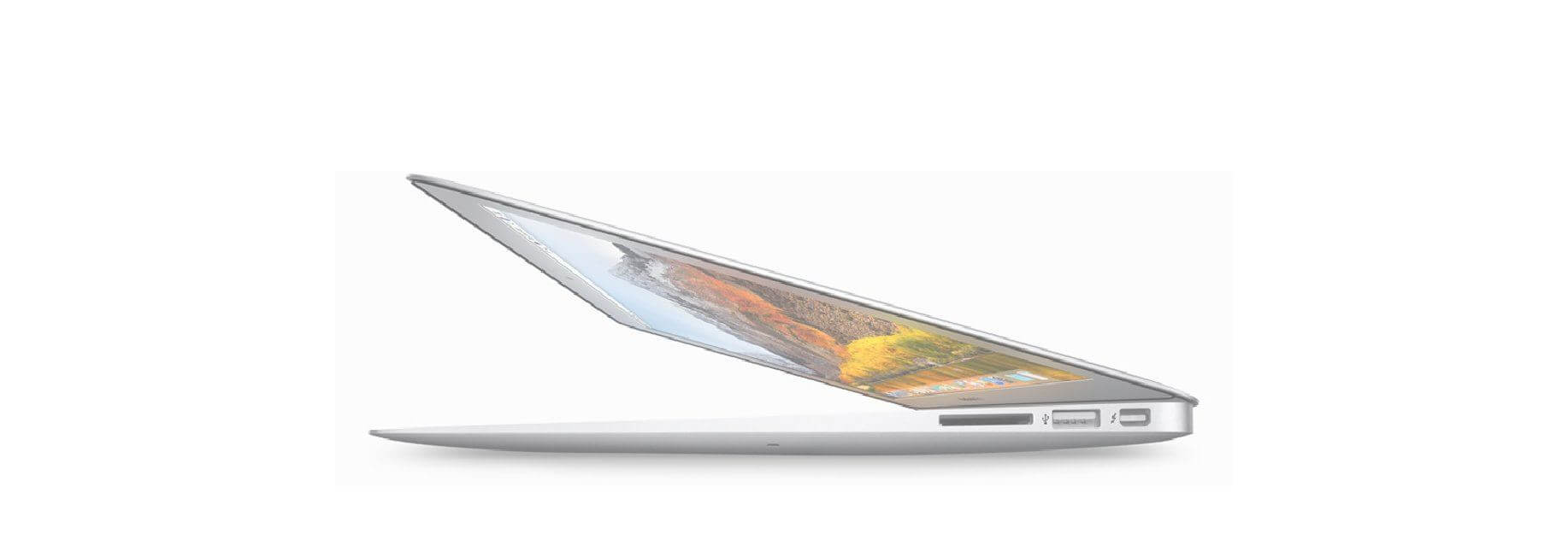Feel like you need a fresh start with macOS Mojave? Do a clean install!
Downloading and installing a new OS gives you the opportunity to do some major house cleaning if you so desire. If you feel like you'd like a fresh start with macOS Mojave, you can always opt to do a clean install: Just follow the steps below, even if you've already installed macOS Mojave.
Make sure you understand the difference between a clean install and a standard install before you get started.
Step 1: Back up your Mac
This process will erase whichever OS you're currently using from your hard drive entirely. That means any files, programs, or documents you have will be deleted. To save your files, put them on an external hard drive or a cloud-based program like Dropbox, OneDrive, or iCloud. If you don't save these important files off your computer, you will lose them.
Step 2: Create a bootable drive of macOS Mojave
Before you erase your current operating system, download macOS Mojave from the Mac App Store. You'll need a copy of macOS Mojave to perform a clean install later on. If you don't create a bootable drive for macOS Mojave, you may have to install an older Mac operating system first and then upgrade to macOS Mojave afterward.
Step 3: Erase your hard drive
- Connect your Mac to the internet via Wi-Fi or Ethernet
- Click on the Apple icon.
-
Select Restart from the drop-down menu.
- Hold down Command-R when you hear the startup chime (or the screen turns black on newer Macs) and keep holding the keys until your computer reboots.
- Click on Disk Utility in the OS X Utilities selector.
-
Click Continue.
- Select your Startup Disk.
-
Click on the Erase tab at the top of the window.
- Enter a name for the file to be destroyed (Like macOS Mojave or something).
- If your Mac is using HFS+, select Mac OS Extended (Journaled) from the format list. If your Mac is using APFS, select APFS from the format list.
- If Scheme is available, select GUID Partition Map.
-
Click Erase.







